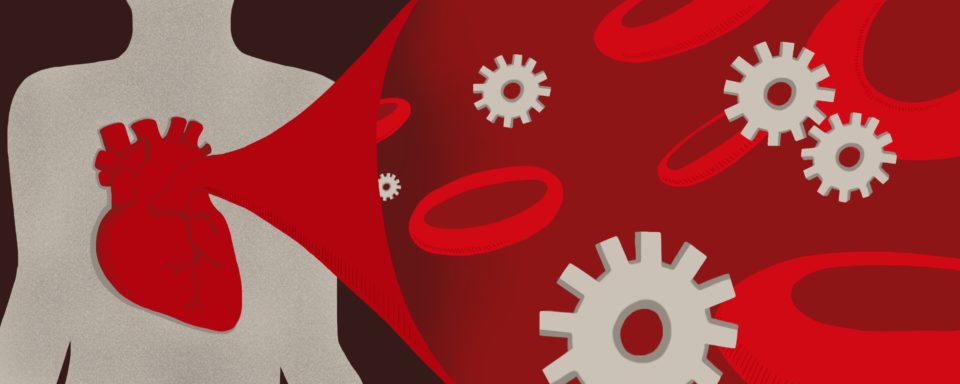At Stanford, tiny answers to biology’s biggest questions
As Stanford interdisciplinary scientists find new ways to push, pull and sometimes simply jiggle cells and even individual molecules, they’re also discovering microscopic answers to some of the biggest questions in biology and health.
Some of the biggest questions in biology – how cancer spreads or why we’re shaped the way we are – could have tiny answers, hidden in minuscule forces acting on microscopic structures inside the bodies of living things. Cancer cells harden and fight their way out of the membranes that imprison them. Layers in the brain bend to relieve stress as they grow. And molecules inside our cells grip more tightly with one end than the other – a difference that could give not just those cells but our entire bodies structure and shape.
With new ways to measure and manipulate those forces, Stanford interdisciplinary scientists are now learning their outsized influence on how our bodies function. Their discoveries could one day lead to better treatments for disease, better devices to protect our brains and perhaps ways to rebuild tissues and organs lost to injury and disease.

